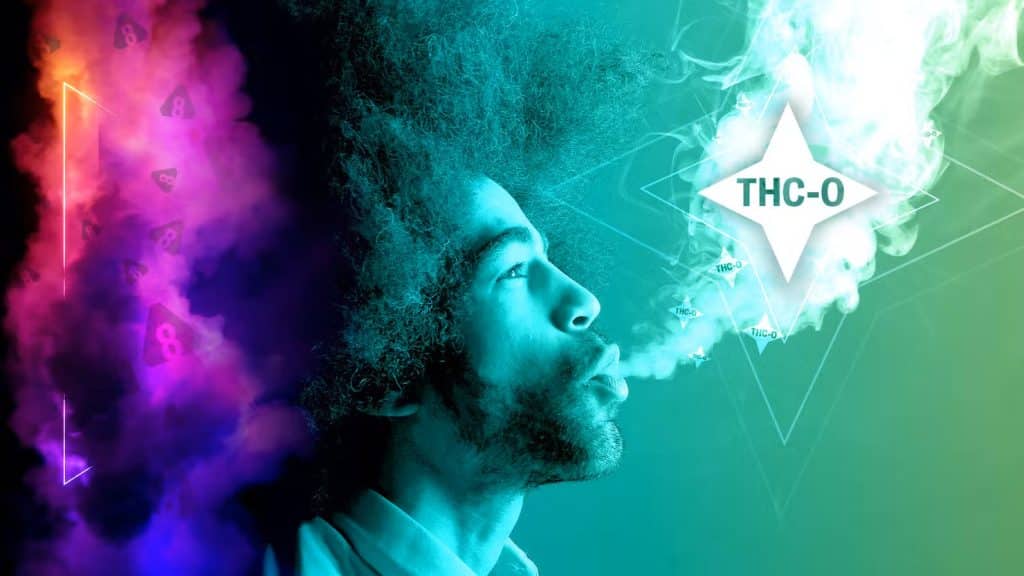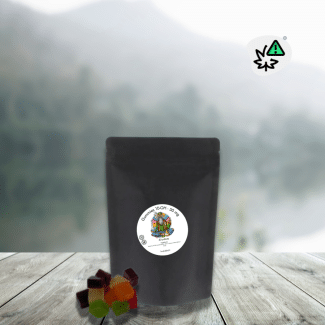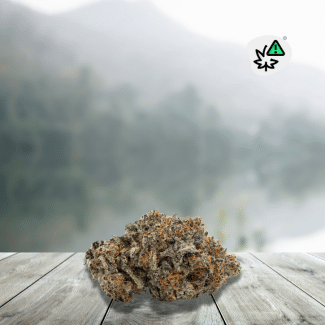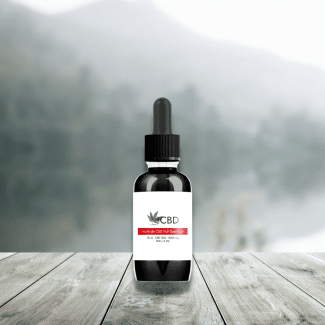
Known to the public only recently, THC-O and its effects were studied in the 1940s by the American army. What is THC-O?
THC-O is not currently an illicit product. Today, the production of THC-O acetate is raising concerns among some in the legal cannabis industry. To generate the molecule, a highly flammable compound called acetic anhydride is added to the THC molecules.
The process involves a series of extractions that start with hemp, the low-THC cannabis plant. First, CBD is extracted from raw hemp. Next, delta-8 THC is extracted from the CBD. Finally, acetic anhydride is added to the delta-8 THC molecules to make THC-O acetate.
Typically, acetic anhydride is added to delta-8 THC to produce delta-O acetate.
What are the effects of THC-O?

Consumers call THC-O the “spiritual cannabinoid” because the human body can absorb THC-O acetate at higher levels than conventional THC – in other words, it has higher bioavailability – it offers a more powerful experience.
Anecdotally, THC-O induces similar effects to a small dose of a psychedelic drug like LSD: it makes the user euphoric and greatly increases sensory perception.
However, some users report that vaporized THC-O takes longer to kick in than other cannabinoids: anywhere from 20 minutes to three-quarters of an hour.
The appeal of THC-O lies in its potency and unclear legal status. Research has shown that it is approximately three times stronger than conventional THC. It has been called “the psychedelic cannabinoid” for its hallucinatory effects. Because it is derived from legal hemp THC-O products are becoming increasingly popular where consumers do not have access to legal THC products for example.
We will come back to this new recreational molecule in other articles!
Comments are closed

















Answer from 1 on “What is THC-O? The psychedelic CBD derivative”